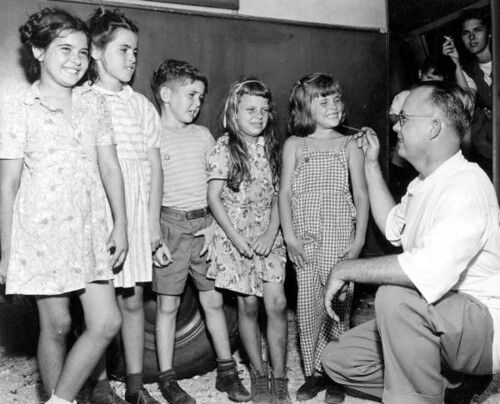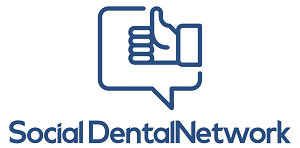Making the grade when it comes to maintaining children’s oral health can sometimes seem like a tough proposition for both kids and parents. Kids hate brushing their teeth, and parents have more pressing concerns than scheduling regular dental appointments, right?
Wrong.
Good oral health habits may start early, but that doesn’t mean it’s ever too late to flip the dental health and overall health script – especially with the building body of research highlighting the oral systemic connection.
With a down economy impacting everything from national credit ratings to historically low mortgage rates, are our collective financial woes really responsible for impacting the quality of our children’s oral health, and in turn, their performance at school too?
According to recent evidence the answer to that question is all too easy to identify; kids tooth decay is a major problem here in the States, and everywhere else in the developed and undeveloped world.
Pediatric dental disease is 5 times more common than asthma and 7 times more common than hay fever.
We Are Failing at Kids Oral Health

According to the Academy of General Dentistry, more than 51 million school hours are lost each year due to dental-related illnesses. Despite these numbers, many children still do not visit the dentist.
In addition, almost 50 percent of tooth decay remains untreated in low-income children, according to the Centers for Disease Control and Prevention (CDC).
A recent public opinion survey commissioned by Oral Health America revealed that Americans are more likely to take a pain-killer for a toothache than consult a dentist.
Of those who don’t regularly see a dentist, most (73%) give financial considerations as the reason.
According to this recent CBS News article, children in the Los Angeles School District who had tooth pain were four times more likely to have a grade point average below the median GPA of 2.8.
The article goes on to mention how, in addition to lower grades, tooth problems were also found to contribute to more sick days. Elementary children missed a total of six days on average annually, and high school children were home from school 2.6 days. Dental problems accounted for 2.1 days of missed school for elementary students and 2.3 days for high school students.
Eleven percent of the students with no accessible dental care missed school due to dental problems, compared to only 4 percent that could see a dentist.
What Can We Do?
Optimal oral health is a choice; parents either make the necessary sacrifices for our kid’s well-being, or watch them suffer the consequences and wind up paying more money on the long run.
While the down economy and sky-rocketing gas prices can be blamed for lots of money woes for the average American household, that 73% figure is more than alarming.
Legislation is great and all, but should we really need to wait for something like The Comprehensive Dental Care Reform Act or for the economy to turn around in order to take responsibility for our children’s oral health?
If only kid’s dental health was attached to a mobile phone or the latest gaming device, maybe then we’d make the necessary sacrifices as parents to ensure our kids are passing oral health with flying colors!
While access to low-cost dental care can be difficult and dependent on geography, it certainly is not impossible. We see stories every single day of dentists offering free dental care in their communities; if dentists are doing their part in reaching out, parents need to do the same by getting their kids to the dentist.
Take it from the American Academy of Periodontology, the most important preventive step against periodontal disease is to establish good oral health habits with your child.
There are basic preventive steps to help your child maintain good oral health:
– Establish good dental hygiene habits early. When your child is 12 months old, you can begin using toothpaste when brushing his or her teeth. However, only use a pea-sized portion on the brush and press it into the bristles so your child won’t eat it. And, when the gaps between your child’s teeth close, it’s important to start flossing.
– Serve as a good role model by practicing good dental hygiene habits yourself.
– Schedule regular dental visits for family checkups, periodontal evaluations & cleanings.
– Check your child’s mouth for the signs of periodontal disease, including bleeding gums, swollen and bright red gums, gums that are receding away from the teeth and bad breath.
Click the link to download more oral health tips from the Oral Health America Fall for Smiles® Campaign.
Nobody is saying financial problems don’t exist, but can we really put a price on optimal oral health – or overall health of our kids?
Image Credit: Flickr

